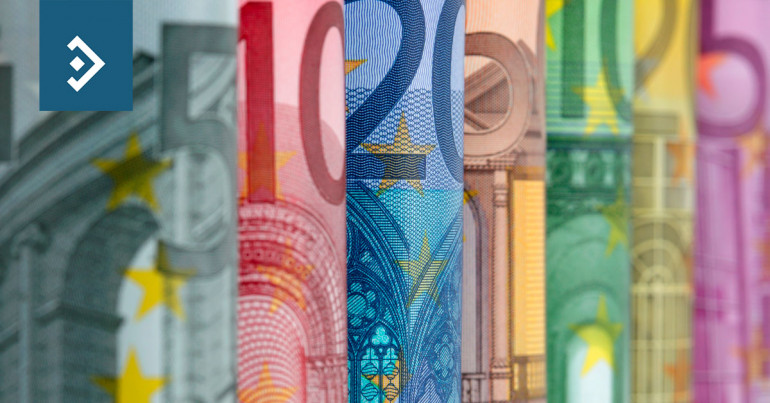
Italy and Employment report to drive market
Morning mid-market rates – The majors
October 5th: Highlights
- Roman concessions unlikely to curb populist policies
- U.S. employment report to drive short and long-term sentiment
- Brexit-less Sterling awaits next headline
Italian Government will not avoid election promises
When the Government announced on Monday that the budget would be 2.4% of GDP, Sr. Tria pleaded with Brussels to await his explanation before dismissing the plans as contravening EU rules.
Sr. Tria eventually told Brussels that the budget would be lower from 2020 at 2.2% of GDP and 2% in 2021. This appeared to placate Brussels, if not the market, which has sold the single currency down to a low of 1.1480 this week.
Sr. Tria clearly prefers to be “inside the tent looking out rather than outside looking in” since there has been no mention of a resignation despite the populist Government trampling over his plans. The market’s concern over the expected increase of the Italian debt to GDP ratio is warranted. With the new budget and GDP at a paltry 1.2%, any reduction from the current 130% level will be some time coming.
The election promises made by the coalition of the Northern League and Five Star were always going to be an issue if they were implemented in full, which now seems to be the case. The creation of a Eur 10 billion social funds and a lowering of the retirement age (when most countries are raising theirs) will add significantly to the issue.
The mention of a new “domestic currency” seems to be little more than a “shot across the bows” by Rome but any escalation of the tension could lead to the Government, which is enjoying popular support, to push the case further.
The single currency steadied a little yesterday having twice tested the low at 1.1460. It reached a high of 1.1543 and closed at 1.1514.
Considering your next transfer? Log in to compare live quotes today.
Dollar rallies as economic optimism pervades the market
Powell, a lawyer by trade, appears to be able to say to Trump, “you employed me to do a job so let me do it”. The President recently commented that he was “less than thrilled” by the tightening of interest rates by the Fed betraying what is a very “one-dimensional” view of the economy where the pace and level of growth are considered in isolation.
Following the latest FOMC meeting, Powell virtually confirmed that the top for the Fed Funds rate would be 3.5%. This would be achieved early in 2020 following a further hike this year, three in 2019, topped off by one more in Q1 ‘20.
A lot depends on next month’s mid-term elections as to whether Trump will be around to see that rate reached, but either way, he seems to accept that he has met his match and rather than continue the rhetoric seems to be leaving the economy to those who understand it best.
The rally in the dollar index has been primarily driven by the hawkish comments from the Fed., but the falls in both the euro and Sterling over the past week have been major contributors.
Today’s employment report will be headlined by the Non-Farm Payrolls and the market’s view has turned a little bearish over the week with expectations having fallen to around +160k new jobs. A similar fate has befallen the wage inflation data with a fall to 2.8% rather than an increase to 3% being the markets base case.
The dollar index corrected yesterday falling to a low of 95.56 and closing at 95.76 as profit taking was seen ahead of today’s data. It still looks on course to test the years high at 96.99 but a lot depends on today’s data.
Sterling skulking around 1.3000 as Brexit news fades
The expected rebellion by MP’s didn’t really happen although a letter was passed to the 1922 committee which called for Mrs. May’s resignation. The letter was signed by one MP and had less than the desired effect.
Over the course of Brexit, one thing has stood out about the FX market, and that is optimism has risen during lulls in official comment or rumour over how well negotiations are going.
That seems to have disappeared over this week as Sterling has remained in a relatively narrow range, albeit with a slight downside bias. Maybe the market has finally weighed things up and decided that the pound is now best traded from the “short-side” and “no news is no longer necessarily good news.”
Over the week, the pound has reached a low of 1.2921 and a high of 1.3116 versus the dollar.
It is to be expected there will be greater volatility over the coming weeks as the likelihood (or otherwise) of an agreement being reached becomes clearer.
Have a great day!

About Alan Hill
Alan has been involved in the FX market for more than 25 years and brings a wealth of experience to his content. His knowledge has been gained while trading through some of the most volatile periods of recent history. His commentary relies on an understanding of past events and how they will affect future market performance.”



